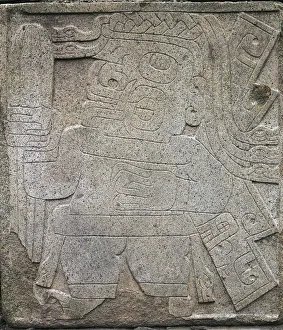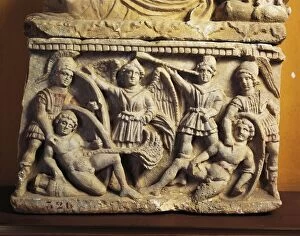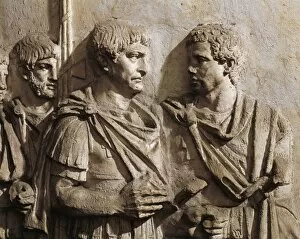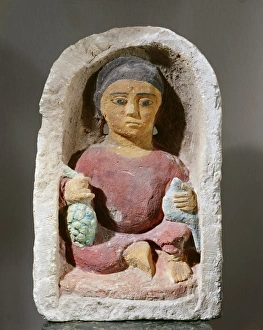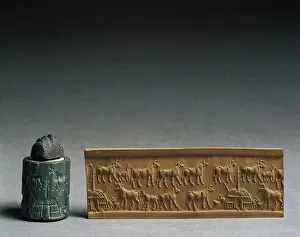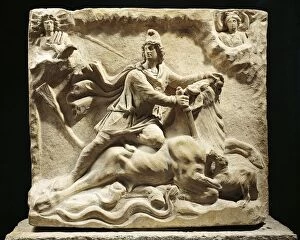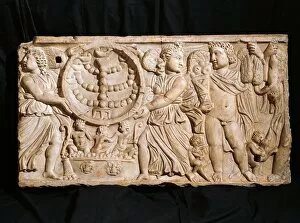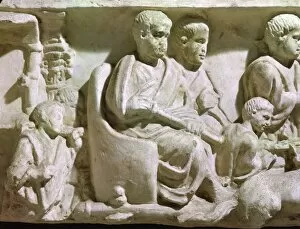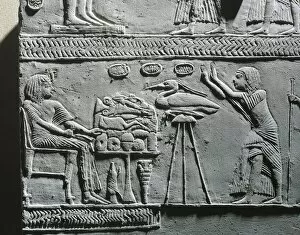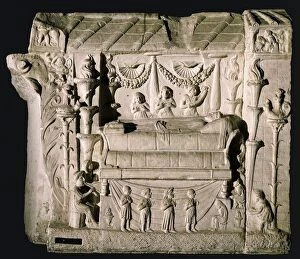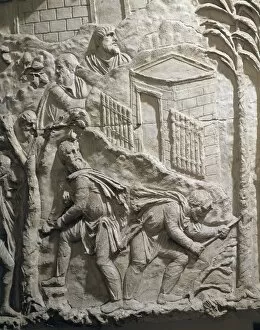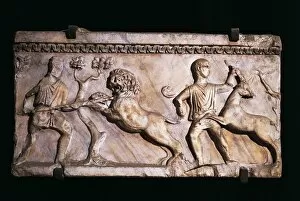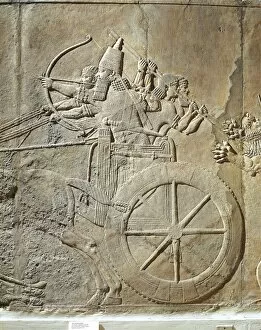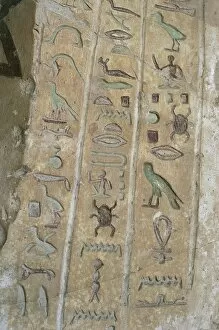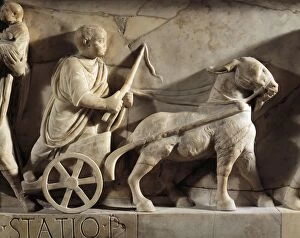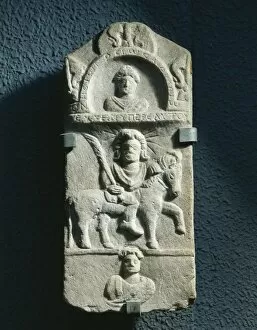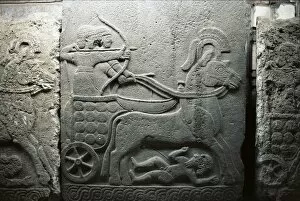Bas Relief Collection (page 65)
"Exploring the Beauty of Bas Relief: A Journey through Ancient Art" Immerse yourself in the captivating world of bas relief, a Roman art form that brings history to life
All Professionally Made to Order for Quick Shipping
"Exploring the Beauty of Bas Relief: A Journey through Ancient Art" Immerse yourself in the captivating world of bas relief, a Roman art form that brings history to life. Marvel at the intricate details of "Boy with Horse, " a stunning marble relief depicting Castor and his equine companion. Transport yourself to Iran's Persepolis, where ancient columns bask in the golden hues of sunset, telling tales of grandeur and power. Witness the divine presence of God Asclepius as he stands before a family of devotees in a votive marble relief. Step into Persepolis, once the ceremonial capital of the mighty Achaemenid Empire, and be awed by its majestic Apadana Palace relief. Discover Egyptian art's enchanting allure at Dendera, where God Bes adorns a column capital with his playful charm. Encounter timeless beauty in Sphynx Bas Relief and feel its enigmatic gaze follow you. Uncover secrets hidden within tombs as you encounter reliefs dedicated to Goddess Isis and God Horus in Egypt's Valley of the Kings. These ancient archaeological artifacts offer glimpses into civilizations long past. Travel to Kermanshah, Iran, where Behistun Inscription reveals an ancient narrative etched onto stone with remarkable precision. Finally, marvel at Algeria's Roman sarcophagus found at Tebessa's Temple of Minerva—a testament to cultural exchange across borders. Bas relief invites us on an extraordinary journey through time—where stories are carved into stone for eternity—and reminds us that art is not only beautiful but also holds profound historical significance.



